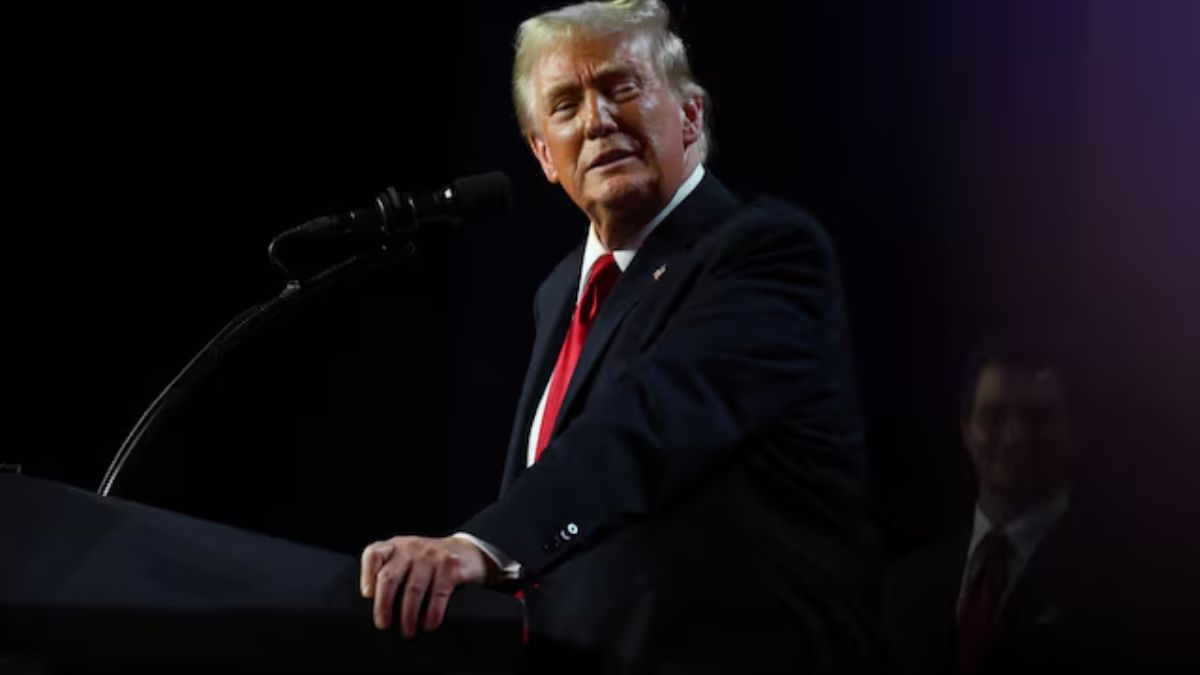US President-elect Donald Trump is weighing options to stop Iran from developing a nuclear weapon and a preemptive strike on Iranian nuclear facilities is on the table, according to a report.
Formally, Iran has kept the nuclear weapons programme in suspension since 2003. However, it has continued to ramp up the enrichment of nuclear fuel in recent years. Currently, Iran has enriched nuclear fuel to near-weapons grade level is capable of developing weapons grade level fuel in a short time if it wishes to.
In such circumstances, the incoming Trump administration is exploring options to prevent Iran from developing a nuclear weapon, which range from ramped-up sanctions, sanctions combined with military pressure, to preemptive strikes to destroy nuclear facilities, according to Wall Street Journal.
An Iranian nuclear weapon has long been a red line for the United States and its ally Israel. The outgoing Joe Biden administration had also committed to not allow Iran from developing a nuclear weapon. However, a preemptive strike would be a deviation from a longstanding US policy of not taking steps that may pull it into a direct war with Iran. Trump also rejected plans of preemptive strikes on Iranian nuclear facilities during his first term (2017-21).
Trump’s various options to stop Iran from making nukes
The options being explored by the incoming Trump administration range from sanctions to airstrikes, according to Wall Street Journal.
Firstly, people familiar with the planning told the newspaper that Trump’s team is devising ‘maximum pressure 2.0’ approach, a successor to the maximalist sanctions-driven approach that Trump adopted in the first term after withdrawing from the Iran nuclear deal .
Impact Shorts
More ShortsSecondly, the maximalist sanctions may be accompanied by increased military pressure on Iran.
Under this approach, two people told the newspaper that Trump may ramp up military pressure on Iran by sending more US personnel, warplanes, and ships to West Asia and provide Israel —Iran’s archenemy— with advanced weapons such as bunker-busting bombs which would strengthen its firepower to hit Iranian nuclear facilities.
The newspaper noted that this approach, which fuses military pressure with maximalist sanctions, is aimed at crippling Iranian economy and convince it that there is no choice but to resolve the situation diplomatically.
Thirdly, the United States may conduct preemptive strikes to destroy Iranian nuclear facilities or endorse or join an Israeli plan to do so.
Trump aides and confidants told the newspaper that preemptive strikes would target Iranian nuclear facilities at Natanz, Fordow, and Isfahan.
Even though such a move is on the table for now, many current and former Israeli officials told the newspaper that there are huge uncertainties of how successful Israel would be in a solo attack on Iran’s nuclear facilities as some of them are buried deep underground in heavily mountainous terrain and are very hard to be destroyed from air.
Israel draws plans to attack Iranian nuclear sites: Reports
Despite uncertainties around the feasibility of Israeli strikes on Iranian nuclear facilities, the Israeli military is drawing up such plans, according to a report.
Following the collapse of the Assad regime in Syria and its own battering along with that of its ally Hezbollah in the conflict with Israel , there are fears that Iran may decide to develop nuclear weapons to restore deterrence in the region.
Amid such fears, The Times of Israel has reported military officials as saying that the Israeli Air Force (IAF) is continuing its readiness and preparations for potential attacks on Iran’s nuclear facilities.
The newspaper further reported that Israel now sees an opportunity for preemptive strikes to destroy Iranian nuclear facilities as Iran as well as allies in the region now stand considerably weakened.
The New York Times has reported that, once Supreme Leader Ayatollah Khamenei gives his go-ahead, Iran can make weapons-grade nuclear fuel enough for four weapons within weeks and then it would be able to make a warhead within 12-18 months.
Despite such progress, the US intelligence assessment maintains that such a go-ahead from Khamenei has not yet come and the manufacturing of a nuclear weapon has not yet started. Moreover, Iran’s capabilities to make a nuclear weapon have also suffered in the yearlong conflict with Israel as its airstrikes inside Iran in October destroyed key components needed to make a warhead , according to Israeli Prime Minister Benjamin Netanyahu.


)

)
)
)
)
)
)
)
)



